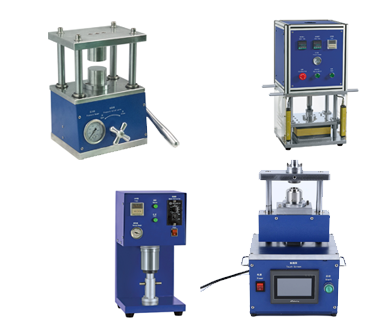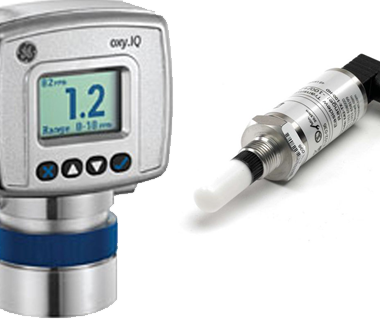No products in the cart.
Glovebox Safety
Gloveboxes can be used to protect the items inside, the people outside or both. It
is important to monitor whether the box is leaking and to keep records so you can
spot trends. No one check may be enough. Check with the glovebox manufacturer for
specific checklists and operating requirements.
Gloves
Glove inspections
A visual inspection and dexterity check must be performed each before gloves are used.
Glove changes
Changing of a glove must be documented (date, manufacturer and model of glove and
person performing change).
Glove date lifetime limits
Maximum life for a glove is 10 years from the date of manufacture (stamped on the
inside surface of each glove).
Glove protection
Disposable nitrile gloves should be used over the glovebox gloves to protect from
contamination and wear and tear.
Inactive glove ports
Plugging ports that are never or infrequently used is allowed and encouraged. A properly
plugged port should have a stub glove and a glove port cap installed.
Glove breaches and failures
Document who was working, the material they were working with and potentially contaminated
with and the tasks that may have contributed to the failure.
Pressure Check
The glovebox pressure must be checked every day, before use and immediately after
gloves are changed. The pressure check must be documented. There are several ways
the pressure can be checked:
- Visual: if the glovebox is kept under positive pressure, the gloves should be extended
outside of the box. - Gauges: There may be built in oxygen, water and pressure sensors.
- Hand-held air flow meter used on all the seams.
- Soap test the gloves, seals and fittings for a qualitative test.
- Pull a vacuum on the airlock each night. If the seal on the airlock was compromised,
the vacuum will be gone. - Monitor gas consumption: Gas consumed much faster than expected is an indication of
a leak. - Smoke test: use dry ice or liquid smoke inside the box, purge the box with inert gas
and once under pressure watch to see if any of the smoke escapes from the box. - Be sure soft connections for articles attached to the box (e.g. drums, gloves, HEPA
filters), are completely sealed. Even small leaks allow contaminants to escape or
enter. Test whether the gas tanks were leaking.
Work Practices
- Individuals must be trained in the use of the glovebox prior to using it. They must
understand the design features and limitations of a glovebox before using it, including:
Physical limitations of components, gloves and support systems (e.g. barriers that
maintain contamination control).
Ventilation and vacuum controls that maintain a pressure differential between the
glovebox and outside.
Atmospheric controls (e.g., controlling oxygen concentrations and moisture).
Features that prevent over-pressurizations, flooding and fire. Over-pressurization
can cause a breach in the glovebox, endangering the user, damaging other equipment,
spreading hazardous contaminants, and letting air with oxygen and moisture into the
box. This design criterion especially applies to existing systems when they are being
connected to a pressurized support system for the first time. Pressure relief systems
should be retrofitted into existing systems that do not have adequate pressure relief.
- All personal protective equipment (PPE) needed for the hazardous material (e.g. protective
eyewear, gloves and lab coat) must be worn when using the glovebox. - Avoid abruptly extending gloves in the glovebox. This “pumping” can cause a pressure
pulse that will result in contamination. Multiple users need to coordinate their movement
to prevent their actions from having a compounding effect. - Respond to off-normal indications or alarms with established procedures. Promptly
convey problems and abnormal conditions to your supervisor. Stop work until the cause
and consequence of an alarm have been identified and safe working conditions have
been restored. - Keep sharps in an approved container. Use tools with points on sharps ground down
if appropriate. - Do not work in the glovebox unless the lighting is working.
- Follow all safe work practices for using and handling compressed gas that may be associated
with working in the glovebox. Review
Compressed Gas Safety information. - Remove waste in a timely manner. Do not allow it to accumulate. Hazardous waste containers
in the glovebox must be appropriately labeled at all times.
Documentation
Document the following:
- Condition of gloves and glove seals
- Daily pressure differential (gauge readings)
- Condition and configuration of other systems installed on the box (e.g. valves and
readings on pressure and flow gauges fall within acceptable ranges). - Condition of box and fittings (e.g., rust or other conditions)
- Compressed gas cylinder: record date changed, tank serial number (if available), and
daily pressure reading.
Responsible Individuals:
- Periodically assess glove boxes to determine if ventilation design and monitoring
requirements are adequate for authorized operations. Record the results of these assessments
using a logbook (or other durable, easily retrievable record) for each glovebox. The
record should to include:
A characterization of the type and intended use of the glove box,
Ventilation monitoring and design information,
Glovebox use history, and
Applicable operating procedures, alarm response procedures, and safety plans.
- Conspicuously label gloveboxes with the following:
The identifying information about the glove box and authorized types of work activities;
Appropriate hazard warning labels; and
The names and phone numbers of the responsible individual and other knowledgeable
persons to contact about the glovebox.
- Ensure documentation listed above is completed.
Additional information:
American Glovebox Society





